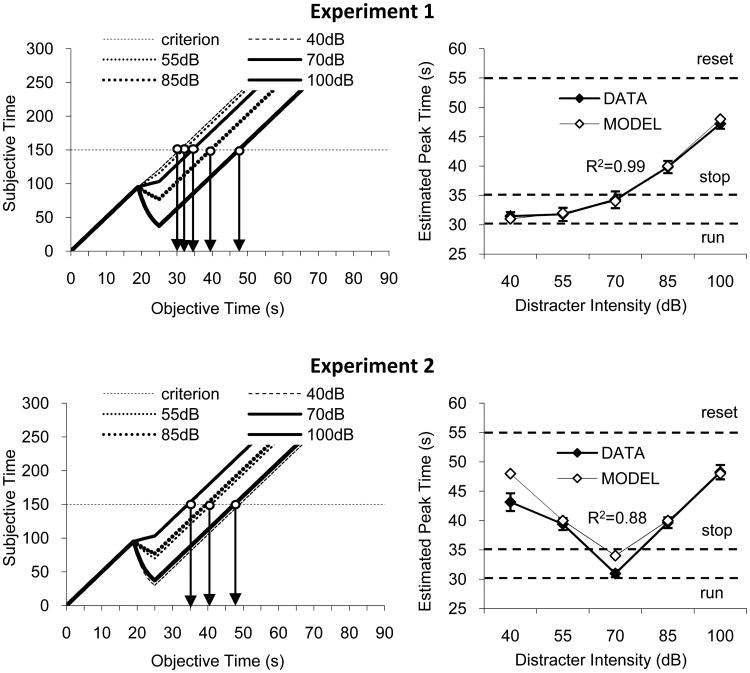Figure 5. The time-sharing model fist the data from both experiments.
Data in the present experiments were fitted by a time-sharing model assuming concurrent time accumulation and memory decay proportional to the distracter-signal contrast. Simulations assume a rate of accumulation = 5 pulses per second. Upper panels: Data from experiment 1 were used to determine the rate of memory decay, specified by parameters alpha40dB=0.006 and beta=38, for which the model best fits the data. Lower panels: Once set, these parameters were used to determine parameter alpha70dB=0.037, and contrast predictions of the model against data from experiment 2. Left panels: Memory for time is given by the interplay between time accumulation and memory decay. Right panels: The model provides good fits to the data from both experiments.

